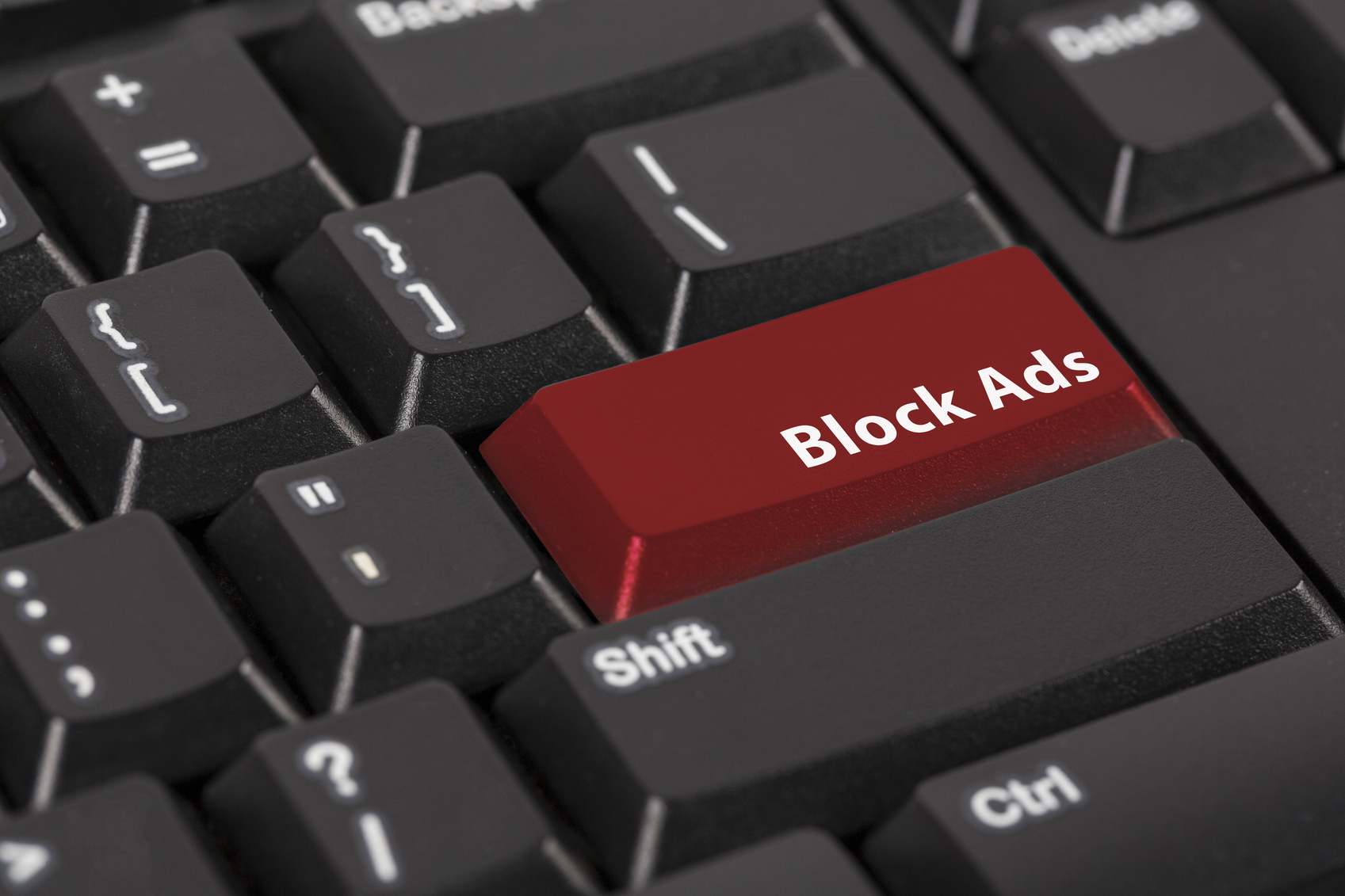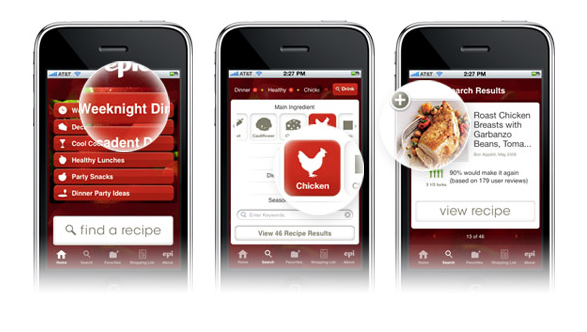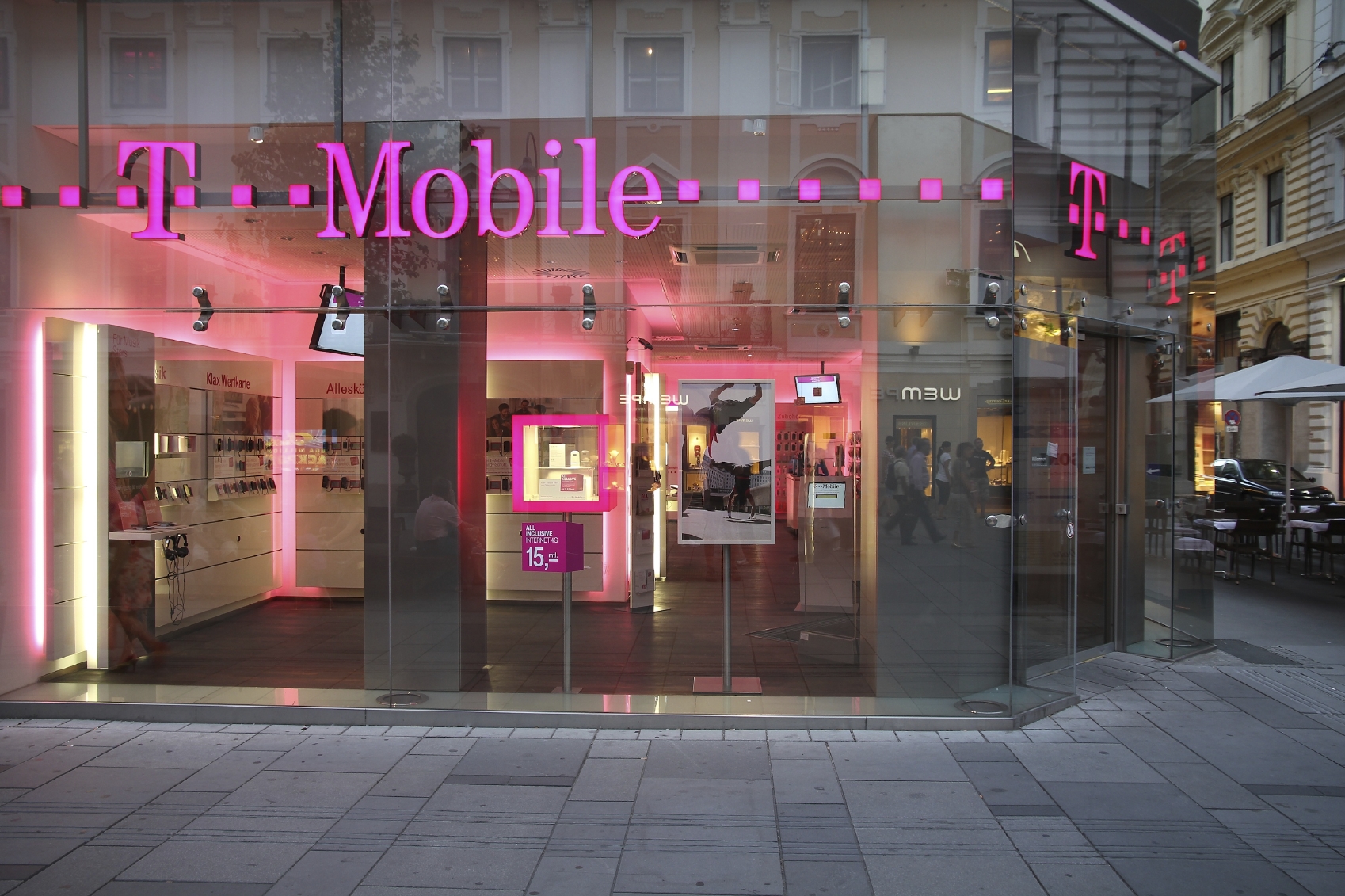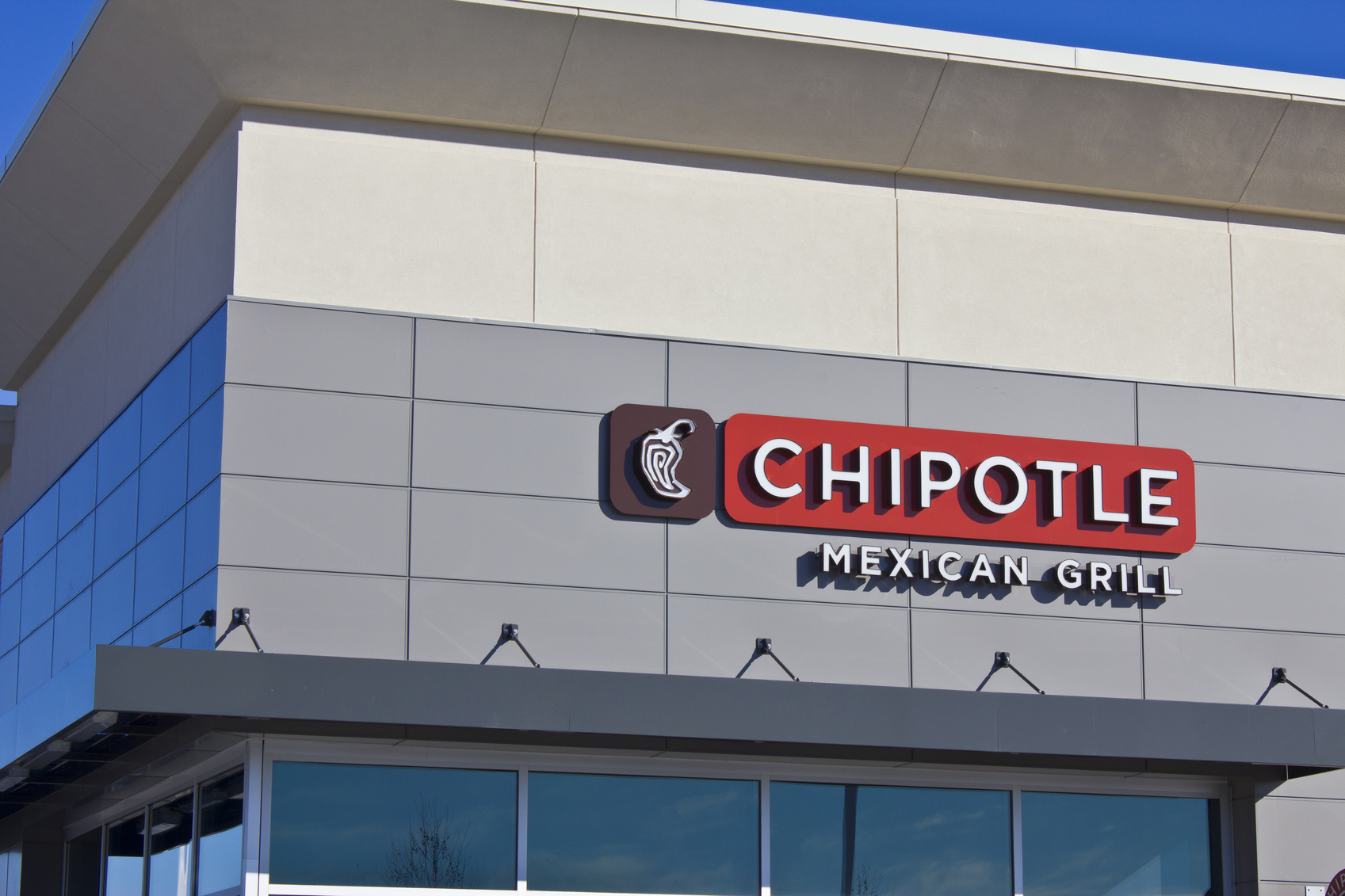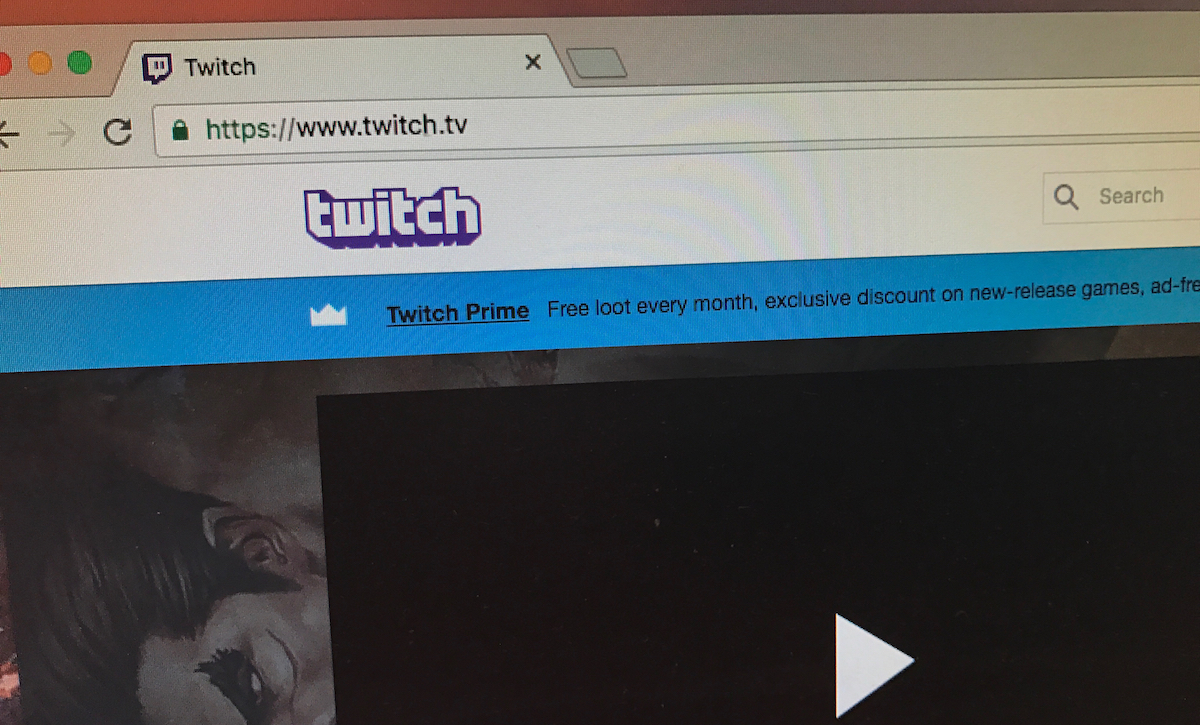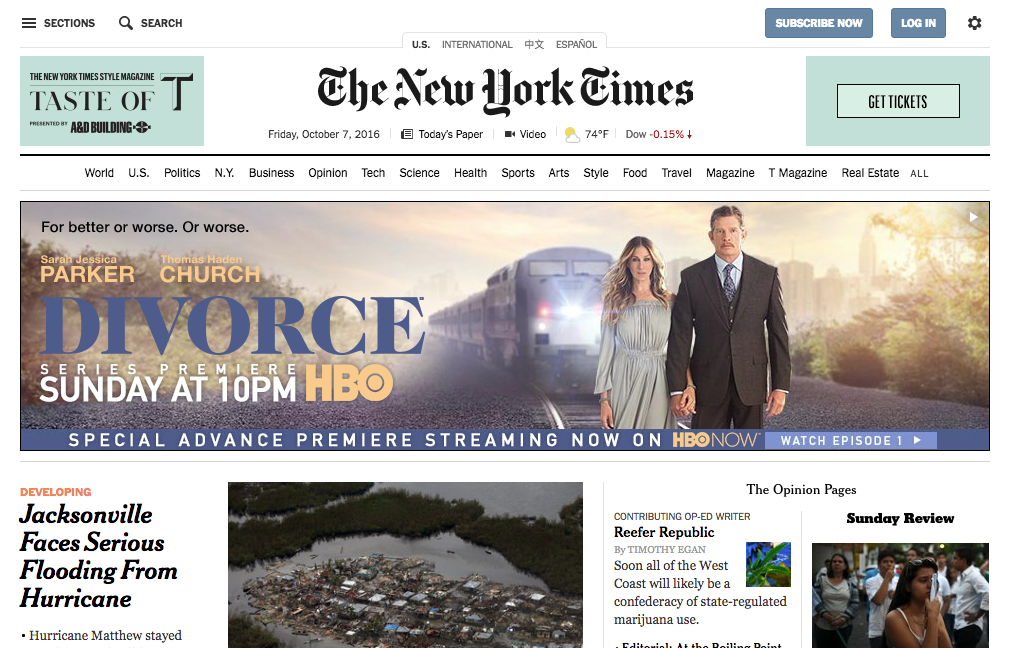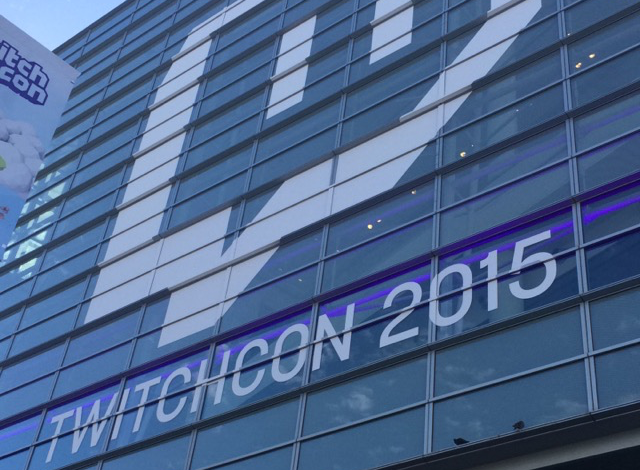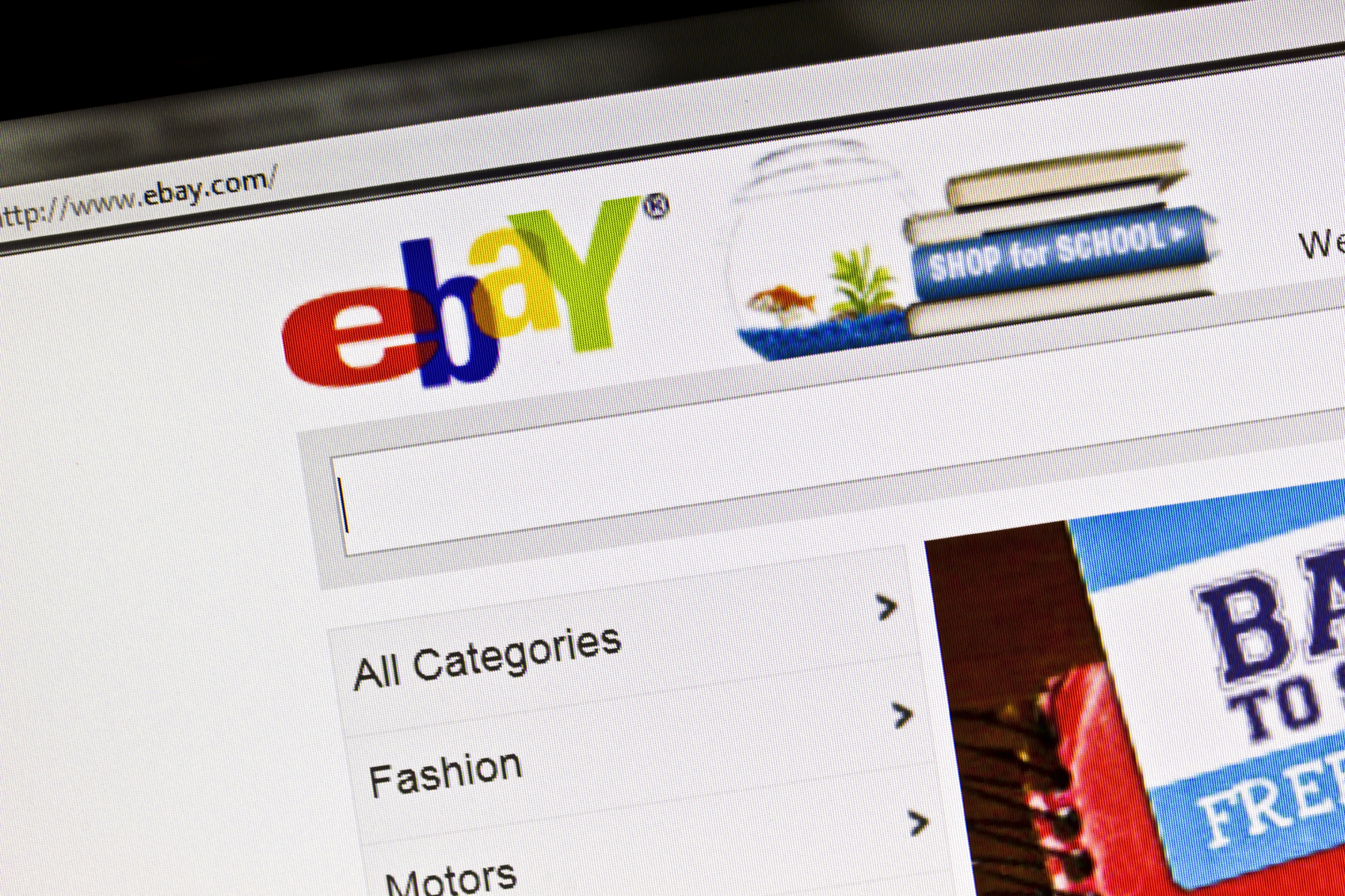What Happened
Apple has struck an exclusive deal with NBCUniversal to let the Comcast subsidiary handle the ad buying in the Apple News app. Publishers using Apple News can continue sell ads against their content by themselves and keep all ad revenue, and starting in January they will also be able to sell ads through NBCUniversal for 70% of the ad revenue. After a slow start, Apple News has now amassed 70 million users largely thanks to a deeper integration with the notifications in iOS 10.
Why Brands Should Care
This deal provides publishers with a new partner to work with to monetize their content on Apple News after the Cupertino-based company retired its iAd network over the summer. A dedicated ad sales team at NBCUniversal should help ramp up the monetization efforts on this News app, offer brands advertisers more ad inventory to reach millions of iOS users.
One significant advantage that in-app ads have over standard web ads is that they are not affected by ad-blockers. At a time when ad blockers and ad-free streaming services are helping millions of viewers avoid ads, brands and publishers need to take proactive measure and experiment with unconventional ad formats, such as branded content and in-app ads, to win back consumer attention.
Source: 9to5Mac

